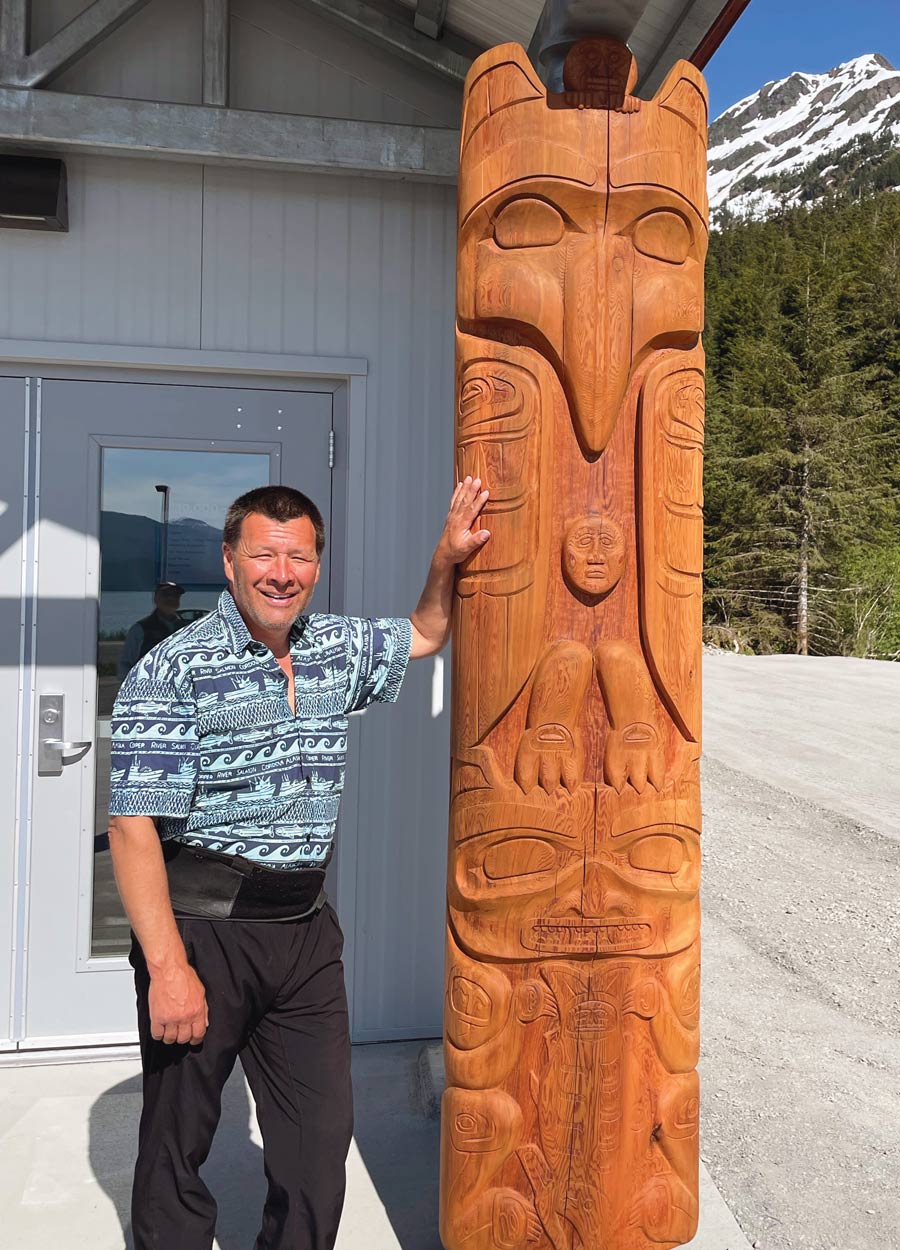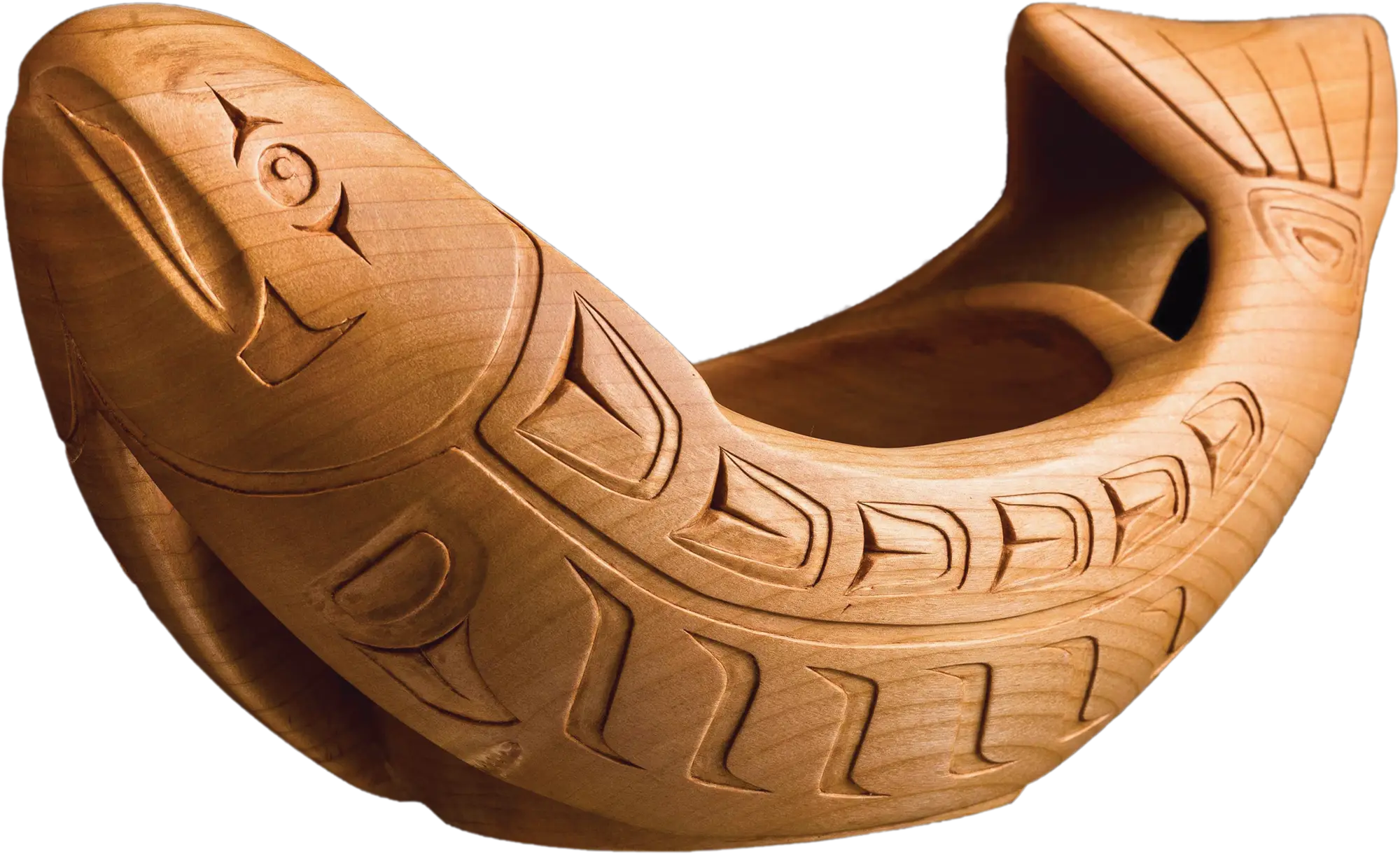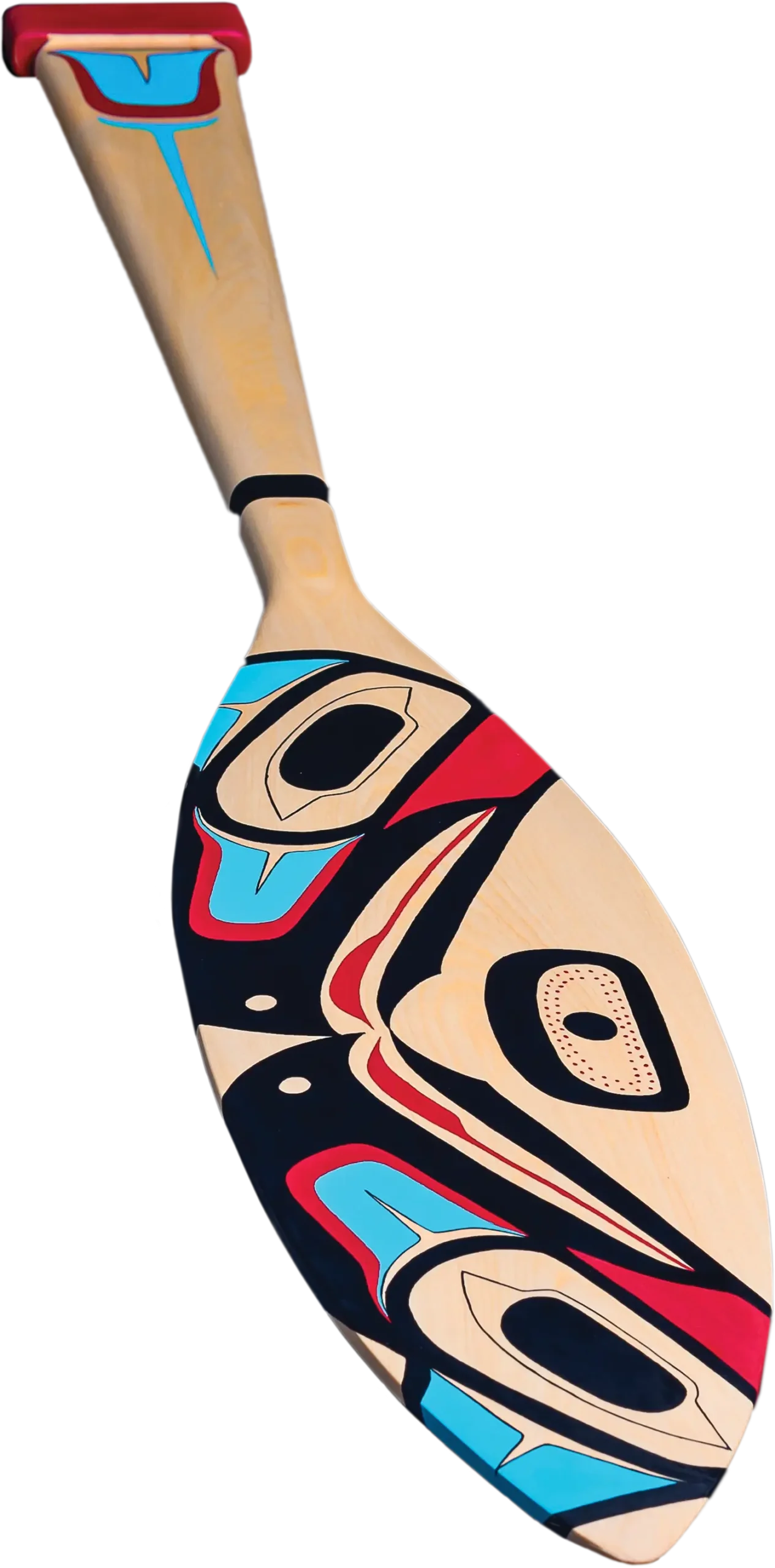n 1999, I was wrapped in a deck winch on my commercial fishing boat. The accident immobilized me; the Coast Guard lifted me off my boat in Prince William Sound and I was medevacked to Anchorage, Alaska. I had damaged my spinal cord—almost severed it—and was paralyzed for quite a while. Months later, movement returned to my legs and it was time to figure out how to walk again. I spent the next three months learning that task and many others in a rehabilitation hospital. All told, I was in hospitals for six months. I had doctors and nurses say, “This happened for a reason; it’s up to you to figure it out.” “Hmm…” I thought.

I was elected to the governing council and soon also joined the committee that helped form the cultural center. These were both relatively new organizations and the efforts were ground-up at the time—creating mission and vision statements, conducting short-term and long-term planning, the works. During the two years I was on the tribal council, I engaged with Native leaders from all over Alaska. I saw them wearing their regalia proudly, and it sparked an interest in Native art forms. For much of my life, my heritage was looked down upon socially, but suddenly before me was an opportunity to be part of a leadership movement, one of change.
In one of the first few books that I read, there was a statement about inherited qualities that I took to heart. It said something to the effect of, “Many generations of a gift can be skipped; it is up to you to figure out what that gift might be.” I found a piece of red cedar and borrowed four gouges from a friend. I carved a marriage grease bowl and it turned out nicely. I felt like one of my ancestors must have been an artist, and I discovered that I have that gift and spirit in me.

I took many classes on Northwest Coast design and carving classes from master artists in Ketchikan and Sitka. These leaders gave me the foundation I needed to move forward and feel comfortable teaching my own design and carving classes. Now I teach classes to youth in our local public schools, and to adults through our local cultural center. As a master carver in our area, I feel a responsibility to pass down my knowledge to the younger generation. As a leader, it is my responsibility to help educate our younger people, to teach them local designs that represent the heritage of our people of the North Gulf Coast, Tlingit, Eyak, and Alutiiq styles. This in turn will mark them as future leaders who will take on the mantel of keeping our traditional art alive.

So far, I have carved seven totem poles and many grease bowls, masks, spoons, and paddles. I also have two totem pole projects in planning stages that I’m seeking funding to complete. My art can be found in Alaska, the Lower 48, and the Grand Cayman Islands, including several museums.
My leadership journey is evolving. Lessons that have been important to my development as a leader in my community are to approach life as a student; bring curiosity to the table; listen to your intuition; study history; reflect on the lessons you learn both in life and from sources you study. There will be setbacks; find ways to thrive despite them. Step up to the plate when things are hard. Try different approaches until something feels right to you—the best overlap of your interests, your skills (current ones or ones you can develop), and a need in the world.
